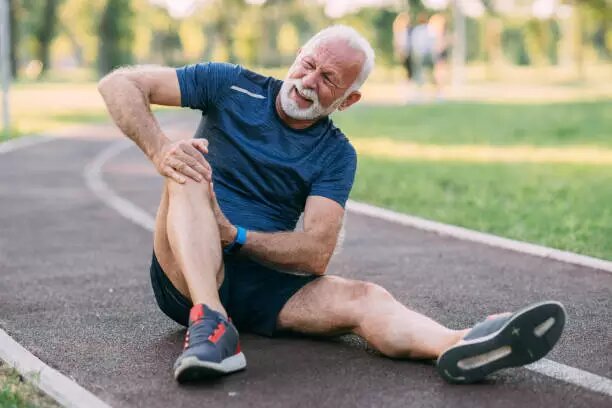In case you forgot, the sacroiliac joint is where the sacrum and hip bone meet. The sacrum is a broad bone mass with a shield shape at the base of the lumbar spine. Two ilium bones can be seen in the back of the pelvic girdle, separated by the sacrum, given the hip bones. Each iliac bone connected to the sacrum forms a sacroiliac joint. The sacrum has two sacroiliac joints, one on each side.
The SI joints, supported by muscles and ligaments, are made to withstand the impact of lifting and walking. When the sacroiliac joint degenerates or becomes dysfunctional, limiting movement, is known as SI discomfort.
SI JOINT PAIN CAUSES
Sciatica and conditions other than SI joint degeneration or dysfunction are frequently confused for lower back pain. The sacroiliac joints are gradually stressed by moving the legs into multiple positions. The following are some of the causes of discomfort in the SI joints.
- Sacroiliac joint inflammation.
- Injury caused by a car accident.
- Damage to a ligament or overstretching.
- Arthritis-related or due to regular wear and tear, SI joint deterioration.
- The musculoskeletal problem causes uneven pelvic movement.
- Diseases include axial spondylarthritis, a systemic autoimmune condition that causes pain and swelling, or sacroiliitis, an inflammatory condition.
- Stretching ligaments during pregnancy or childbirth and putting too much strain on the joints.
DIAGNOSIS FOR SI
A medical professional performing the physical examination could press on the buttocks and hips to feel for pain.
Imaging exams
Signs of sacroiliac joint injury can be seen on a pelvic X-ray. Whether the damage is the result of ankylosing spondylitis can be determined by an MRI or Ultrasound.
Anesthetic shots
If the pain is relieved by injecting numbing medication into the sacroiliac joint, the problem is probably there.

TREATMENT FOR SI
Treatment is based on the sacroiliitis’s origin and symptoms. The first therapies employed are frequently nonsteroidal antiinflammatory pain medicines that can be obtained over the counter and stretching and strengthening exercises.
Medication :
Drugs that reduce pain such as Ibuprofen and naproxen sodium are non-steroidal anti-inflammatory pain medications that are available over the counter (Aleve).
Muscle relaxants: Medications such as cyclobenzaprine may be lessened muscle spasms that frequently accompany sacroiliitis.
Biologics: Many autoimmune diseases are treated with biological medications. Inhibitors of interleukin-17 include secukinumab. Etanercept (Enbrel), adalimumab (Humira), infliximab (Remicade), and golimumab are tumor necrosis factor (TNF) inhibitors (Simponi).
Therapy :
Stretching and range-of-motion exercises can be taught by a healthcare professional, such as a physical therapist. These exercises are intended to reduce discomfort and maintain flexibility in the hips and low back. Activities that build muscle protect the joints and enhance posture.
Techniques: surgical and other
In the event that other measures have failed to ease pain, a medical professional may advise.
- A shot at the joint: To lessen pain and swelling, corticosteroids can be injected into the joint because steroids might weaken adjacent bones and tendons.
- Radiation-induced denervation: Radiofrequency energy may damage or destroy the nerve producing the discomfort.
- Stimulation with electricity: Sacroiliitis pain may be lessened with the use of a lower spine-implanted electrical stimulator.
The new technologies providing state-of-the-art treatment for SI joint dysfunction or deterioration give people a new lease on life. Make an appointment with Speciality Care Clinics today at (469) 545-9983.
